10 Ways Anyone Can Climb The Mount Everest Base Camp Expedition
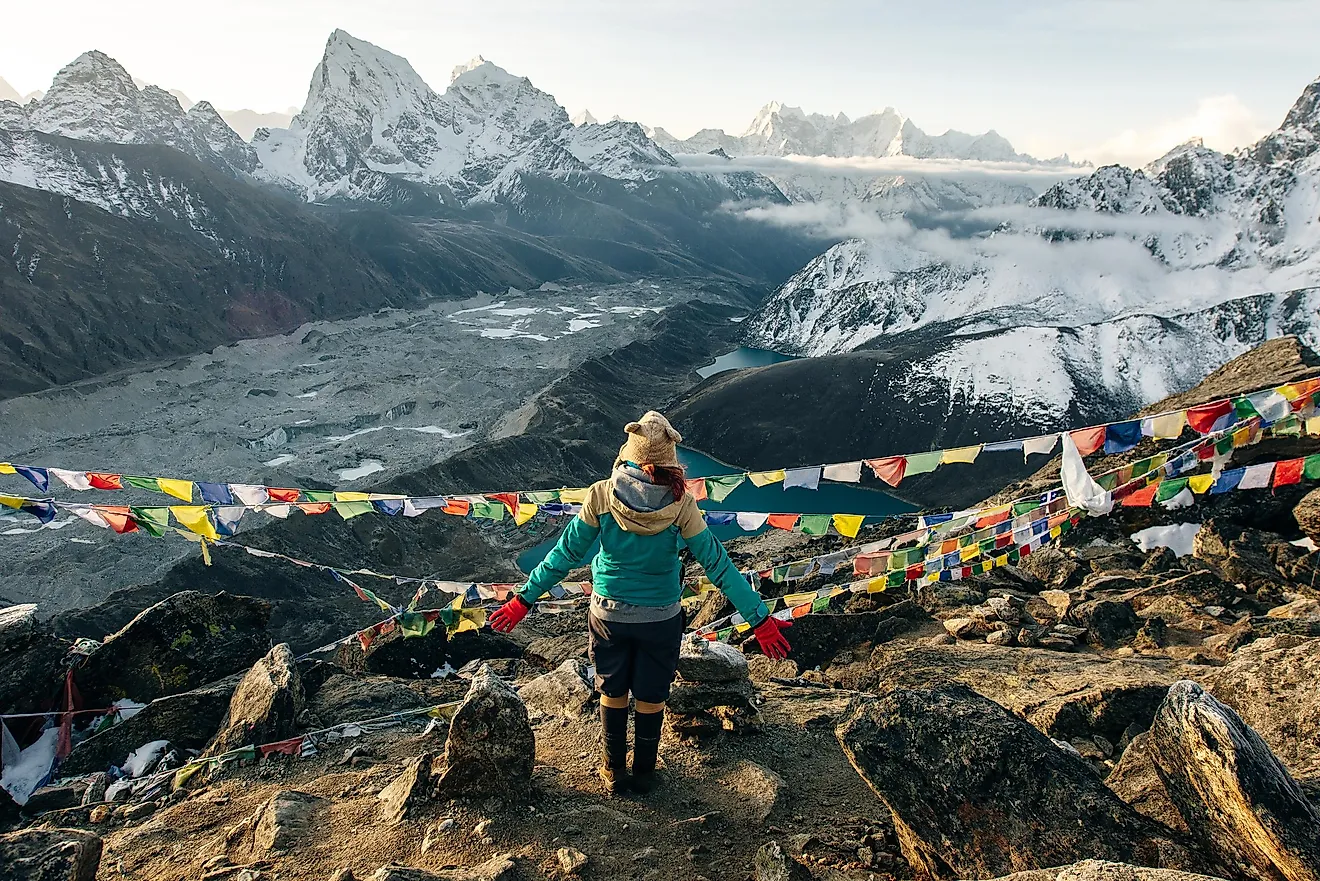
- Mount Everest Base Camp is one of the most popular places to hike in Nepal, and about 30,000 people do it each year.
- When you summit this trek, you will have reached 18,300 ft by climbing for about a 10 days or more.
- Each day, hikers climb anywhere from 3 to 8 hours in order to reach their goal.
Mount Everest is one of those places on Earth with a mythical allure. This majestic Himalayan peak offers climbers what is often the challenge of a lifetime, and what can also amount to a spiritual journey like no other.
While it is an accomplishment to be cherished, climbing all the way to the top of Everest is fraught with danger, however: each year about 800 people attempt to summit this famous peak, but not all succeed. A median of four people die each year on the trek.
For some tourists, a safer and equally awe-inspiring activity can be a smaller challenge: climbing to Mount Everest base camp. This hike is one of the most popular in Nepal, and over 30,000 people do it each year. It takes many days and requires some preparation, but even a person who is relatively fit and has a minimal amount of hiking experience is able to do it. The rewards can be worth it.
Here are ten things to consider when hiking to Mount Everest base camp that can help make the escapade attainable by just about anyone.
1. Save Enough Money

There are many routes that lead climbers up the base of Mount Everest. The most traditional one involves taking a flight from Kathmandu to Lukla. There, climbers then follow a path along the Dudh Kosi River to Namche Bazaar, then go on to Tengboche and Dingboche villages. Hikers then climb Khumbu Glacier, and move onto Gorakshep and finally reach Everest Base Camp. All of this takes anywhere from 10 to 14 days to complete and costs money. A typical guided trip of this nature costs well over $1000 USD, which covers your transportation costs but not your food, supplies, souvenirs and other goodies and necessities you may need.
In addition, just about all of the food sold along the route needs to be brought in from afar by human porters and helicopters. This means that prices can be as steep as the mountain itself, and the higher up you go, the more costs rise.
You will need to budget a fair bit of money to purchase the gear you need as well and if you don’t already have it, this can add up. One blogger spent about $650 USD on gear for the trip, and this was said to be cheap. It is also a fact that ATM fees in Kathmandu can be high. One withdrawal can cost up about $5 USD in fees alone.
2. Train in Advance
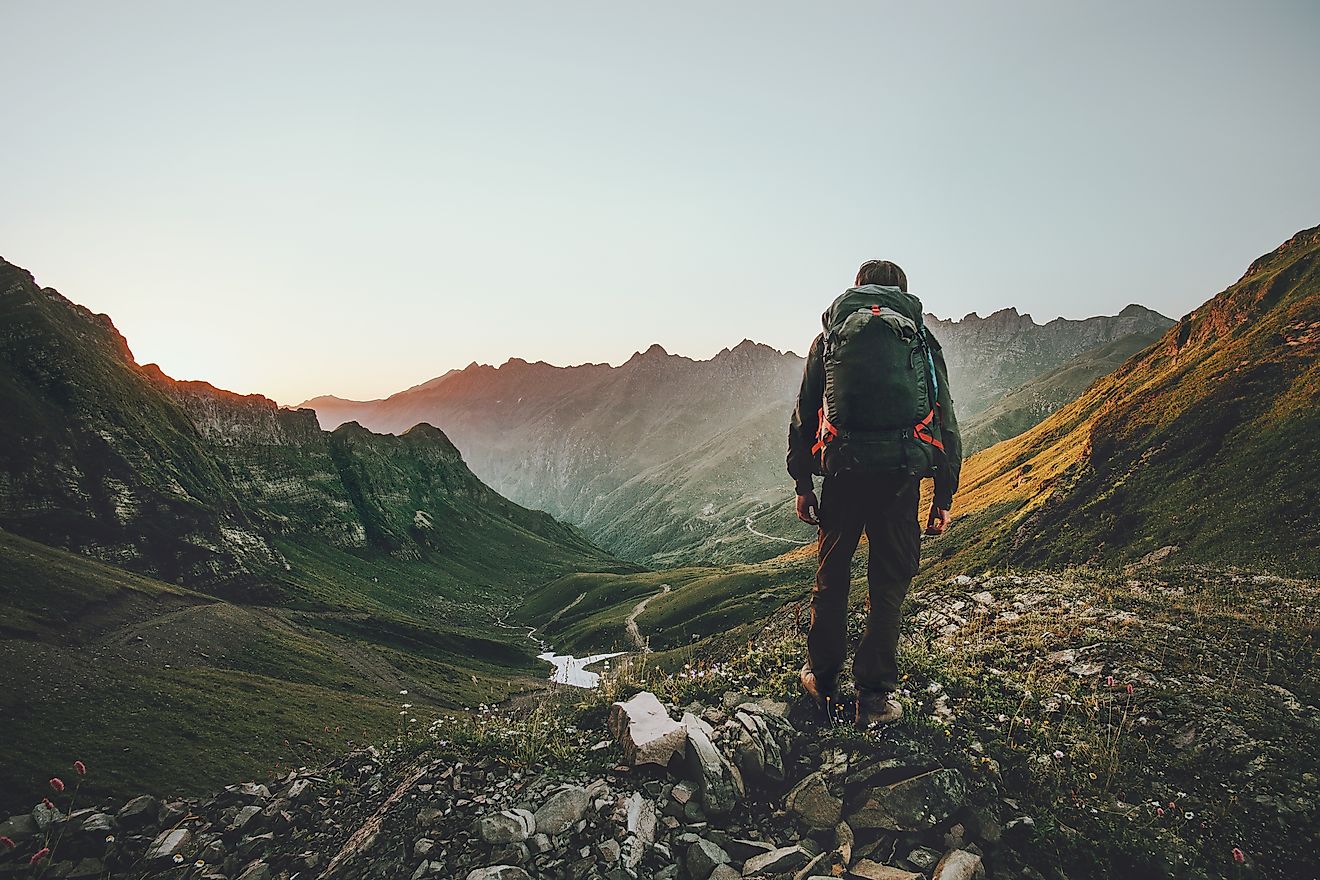
You do not need to be in Olympic-level shape to climb to Everest Base Camp, but you will need physical training that builds strength and stamina.
The traditional route has you starting at about 9,000 ft, from which you climb up to 18,300 ft. Each day you will be hiking for about 3 to 6 hours a day, with a pack on your back containing all your gear. While the backpack should likely hold no more than about 22 pounds (10kg) of stuff, it is still heavy enough to be a presence. It’s advised that about two to three months before your trek, you start taking long walks equivalent to what your hiking will be like, at least 1 day per week.
Build up your strength so that you can walk for about 5 to 6 hours without taking many breaks. Day hikes with hilly, uneven terrain with a backpack on will offer a good method of training. Basic aerobic and strength training is also recommended. Think slow and steady, not sprinting.
You will need to taper off before flying to Nepal for your climb. This means that you stop your training and simply stretch for a few days or even a week before going for gold.
3. Acclimatize
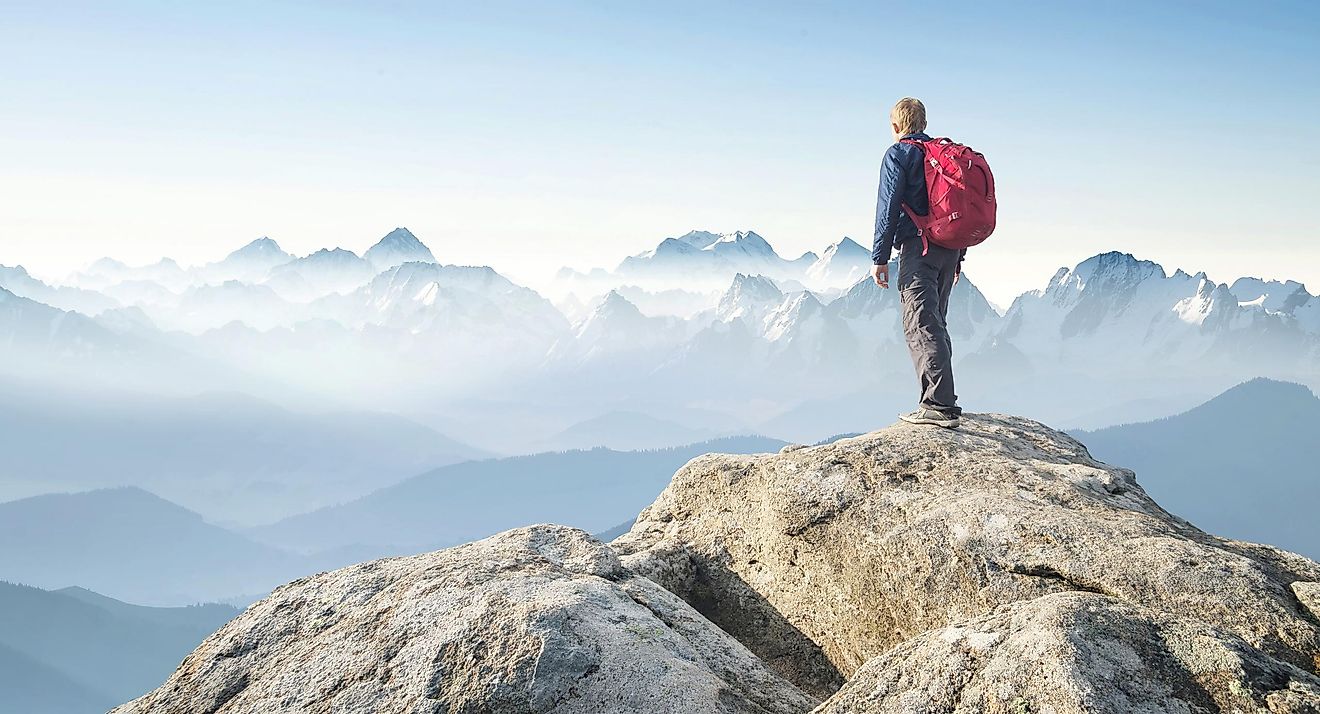
You are heading (at least partway) up a huge mountain! Your body needs to be ready to do so. It is estimated that on regular routes you will be ascending over 900 ft (274 meters) each day. Because of this, when your guide (either a person or a book) tells you to spend the night at a lower elevation in order to get ready for the next day’s climb, do it.
Your body needs time to adjust to the high heights. It takes time for it to create more red blood cells, which are now needed to increase the amount of oxygen that flows through your body in order to deal with the lower rates of oxygen in the air. Most experts advise that you take about 1 or 2 days to acclimatize on your way to the world’s most famous base camp.
4. Take Medication

Some people feel woozy even if they do take the time to rest and have their body adjust. If you need to, don’t shy away from taking medication like Diamox. This can help reduce your altitude headaches, as well as nausea and feelings of dizziness. Just read up on potential side effects so you know what to expect.
5. Invest in the Proper Gear
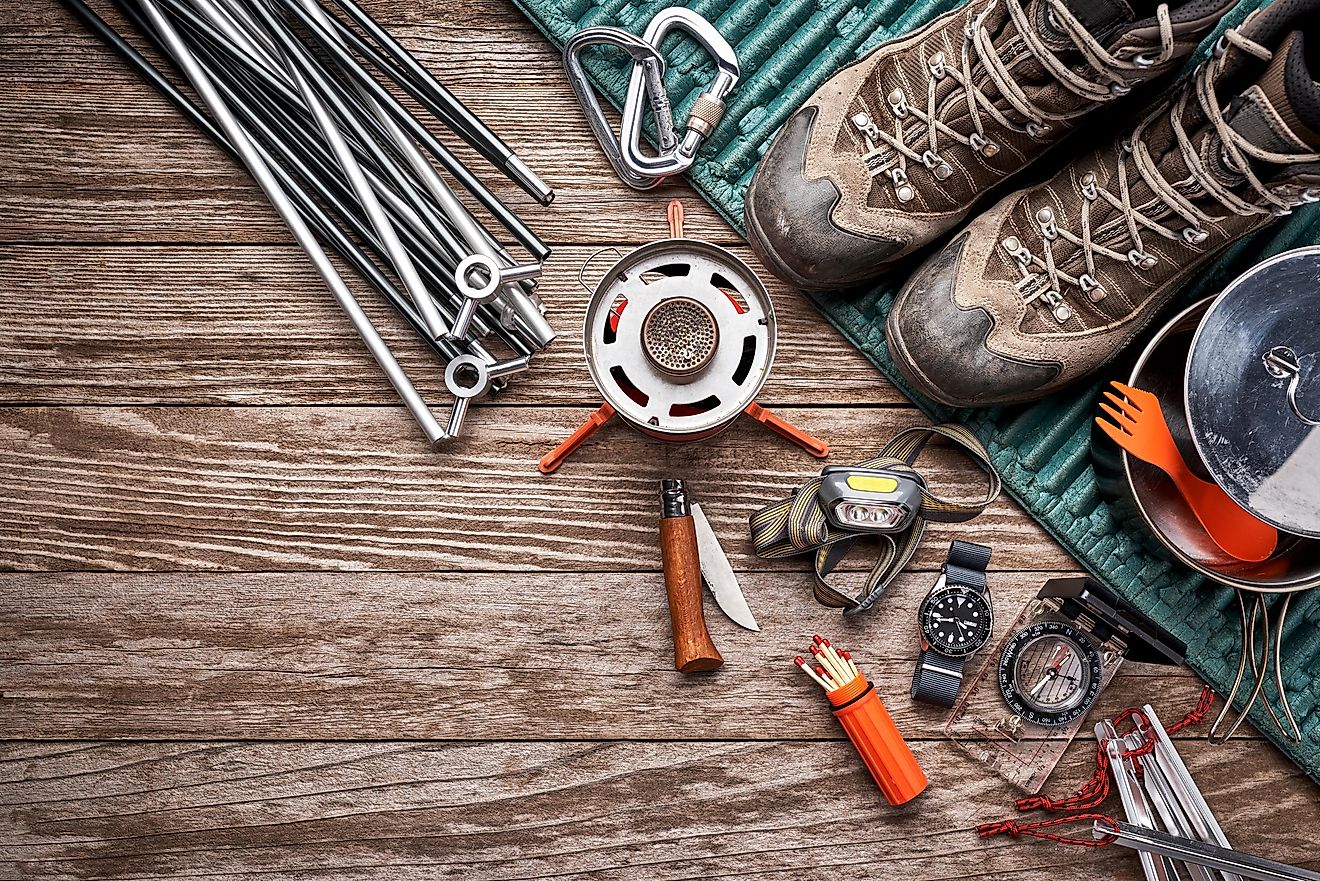
Having a warm enough sleeping bag and the right shoes on your feet can make all the difference. By investing in gear that can keep you comfortable, relatively speaking, you will enjoy your journey that much more. This includes clothing for all four seasons.
Mountains can have weather systems that change from moment to moment. A puffy down jacket will keep you warm, and you will want to wear layers underneath, to wick sweat away from your body. Good quality hiking boots are a must as well. Make sure that they are not brand new, but broken in for at least a month before your trip in order to avoid sores on your feet.
Experienced trekkers also advise you have a system on hand to treat your own water, a day pack, and a sleeping bag that will keep you warm at -4 degrees F (-20 C), among other necessities.
6. Get Mentally Prepared Ahead of Time
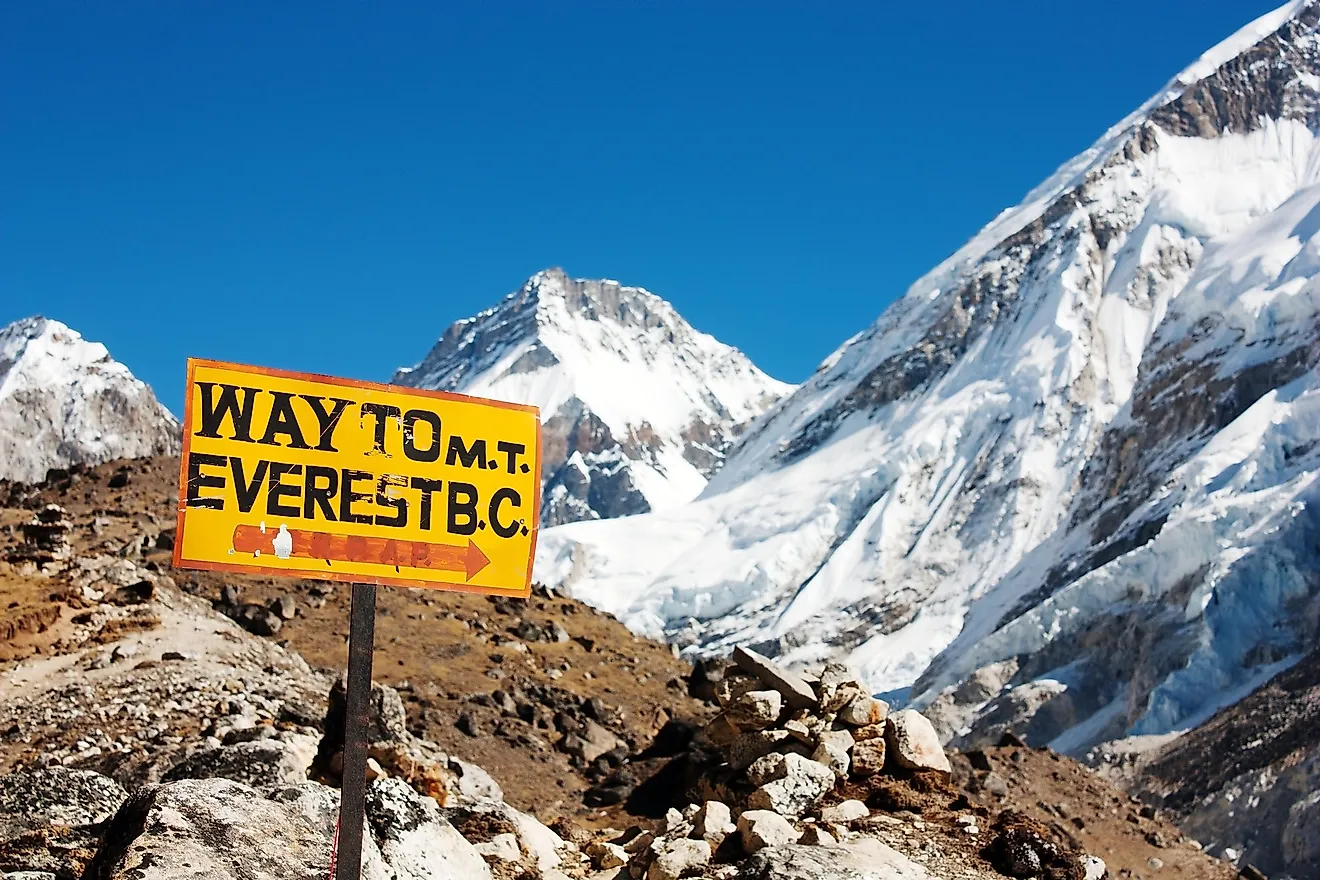
Read up on climbing to base camp before going. Find out what worked for other people. Prepare yourself for the long days of walking ahead, and get into your own “zone.” There are plenty of online accounts by travel bloggers, and forums discussion everything from food to gear to what souvenirs are a worthy purchase.
7. Drink Up
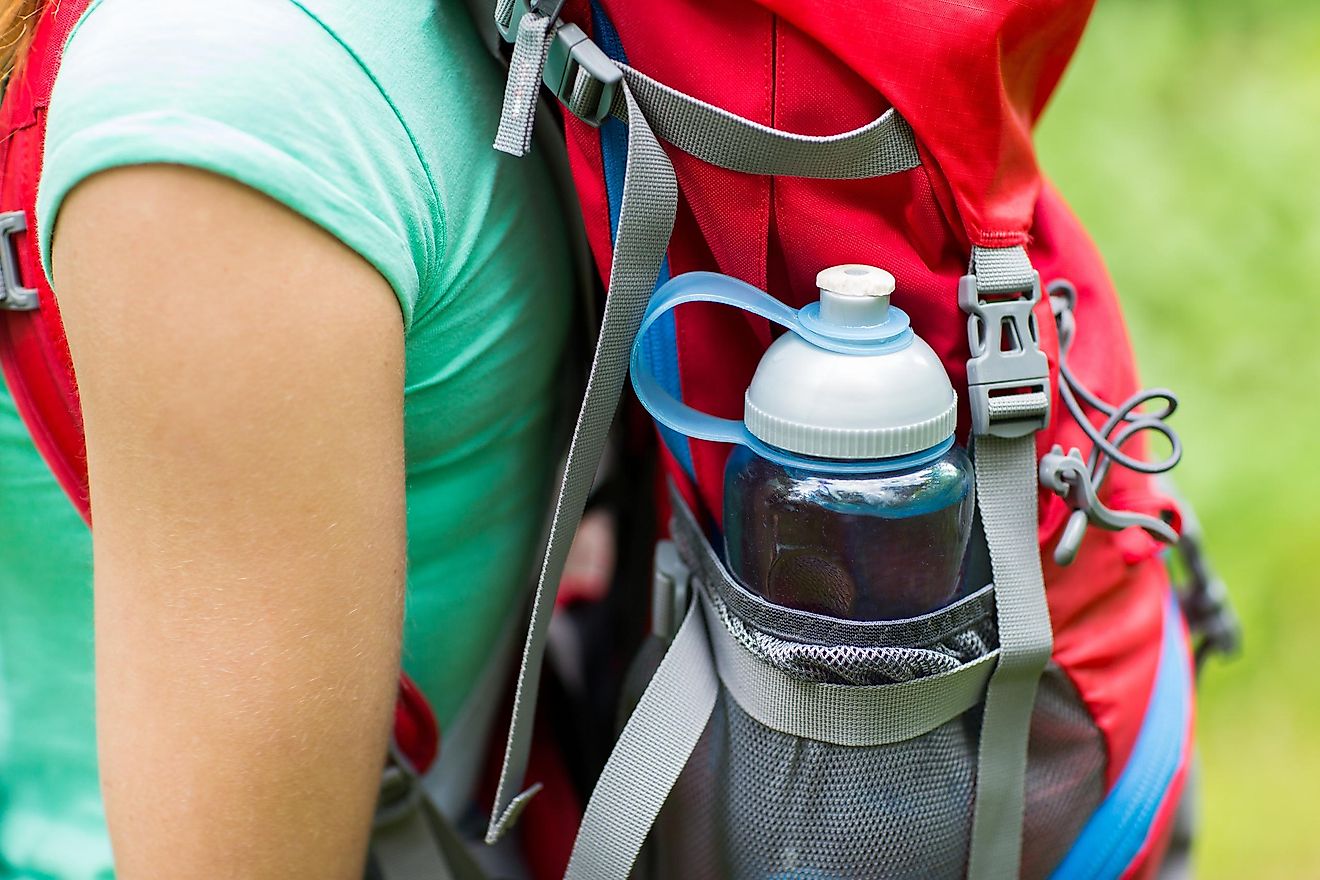
Water is essential for climbing Mount Everest base camp. The altitude dehydrates you more quickly, and not drinking enough water can make you feel nauseous. Bring a large water bottle and use it, and practice carrying 2 litres of water in your pack in the month leading up to your trip.
8. Avoid Eating Meat

It is advised that you avoid eating meat as you climb. Why? This is because any meat that reaches the area for consumption has to travel quite a ways to get there. This means that it often isn’t that fresh. Avoid getting a bacterial infection by sticking to veggie platters.
9. Slow and Steady Wins the Race
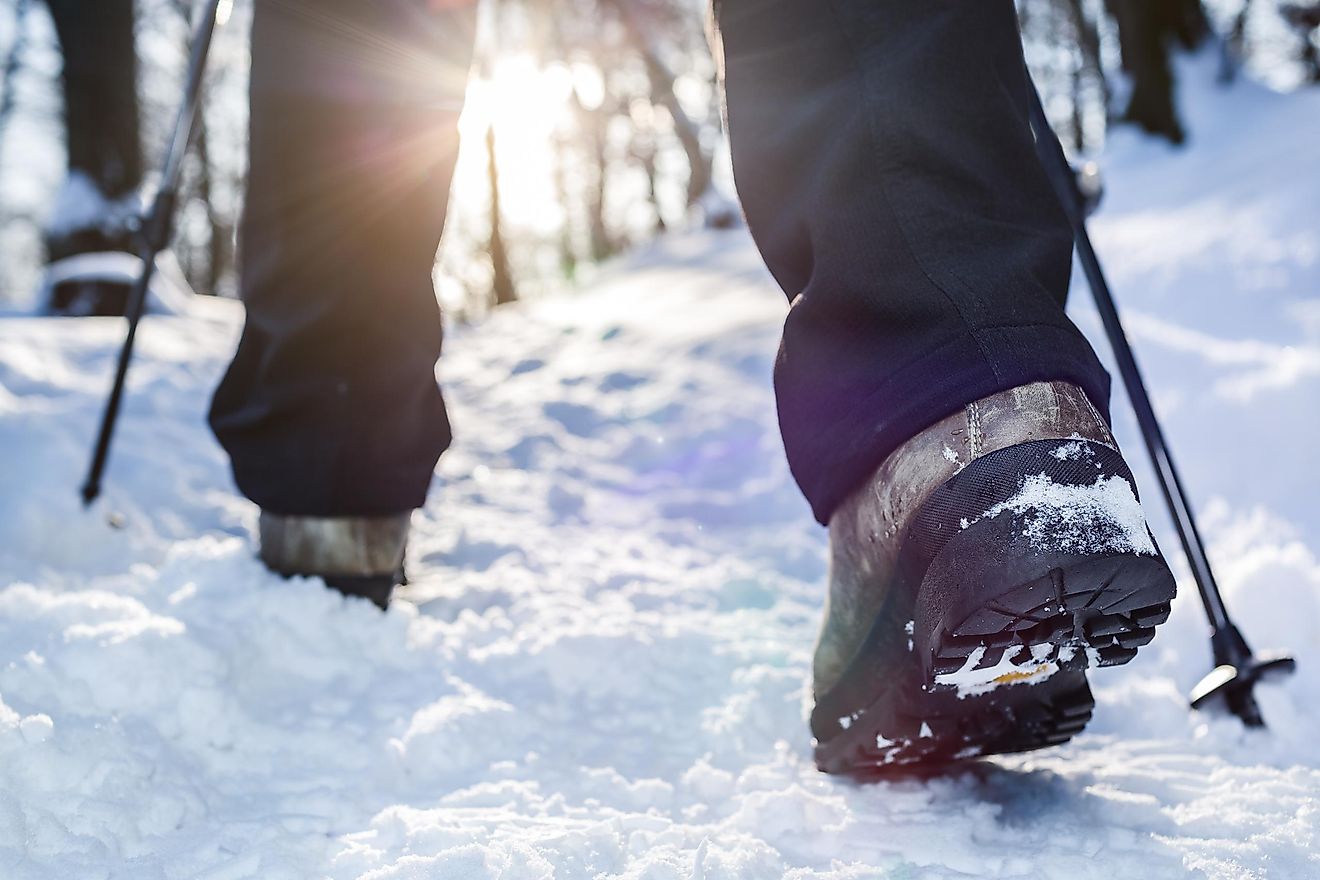
Well, it’s not exactly a race, but you get the point. Don’t try to sprint up Everest, even at lower levels. This adventure is all about pacing yourself, and the more you do, the better you are likely to feel. This gives you time to appreciate the climb, and moreover, can prevent you from succumbing to bad altitude sickness.
10. Get Insurance
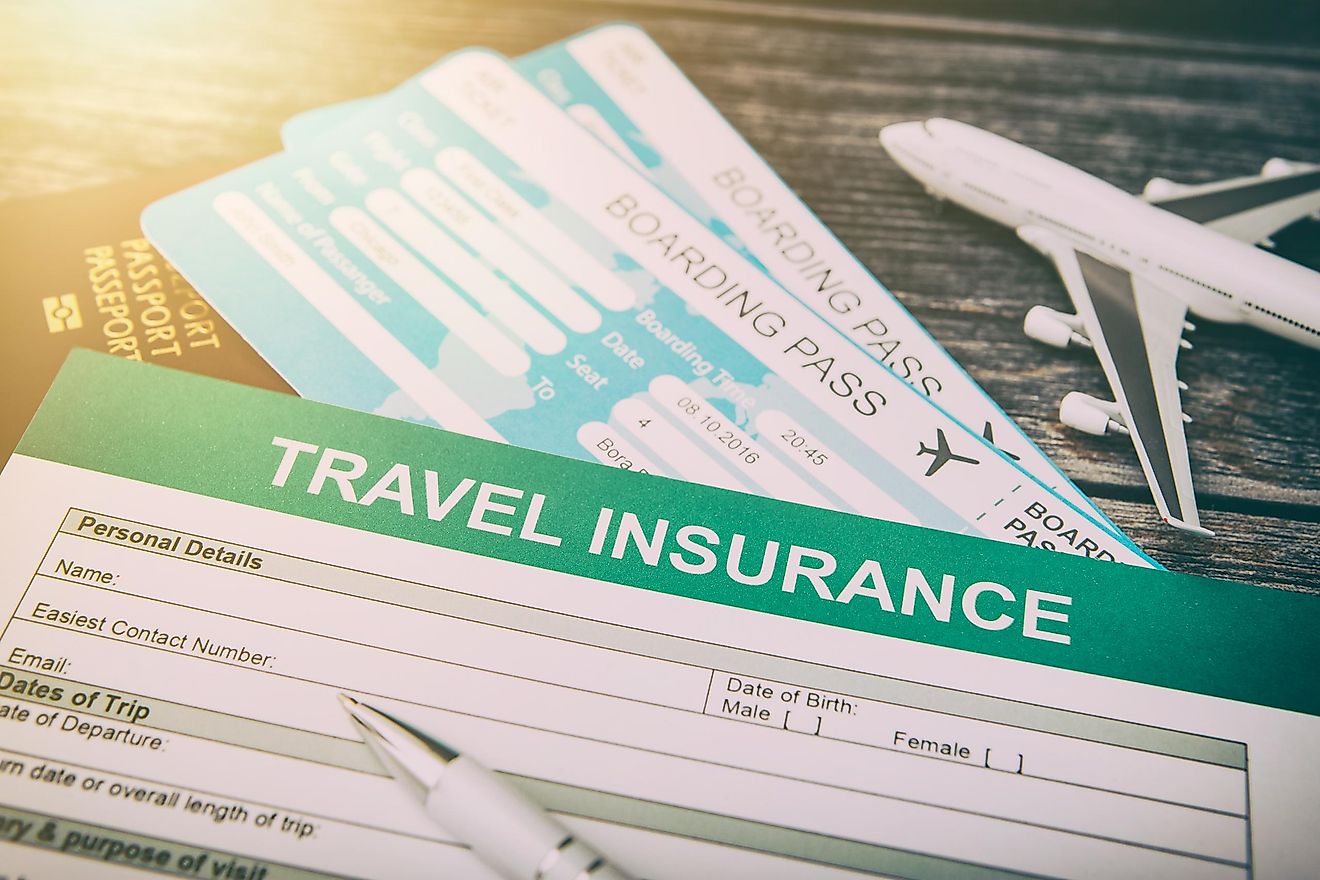
Last but not least, get some insurance coverage before you go. If you do get hurt while hiking it can be expensive to pay out-of-pocket. Double-check to see up to which altitude your policy covers, as this is a defining factor in Everest policies. Being able to take advantage of a helicopter evacuation if needed can also be essential. Let the journey begin!











